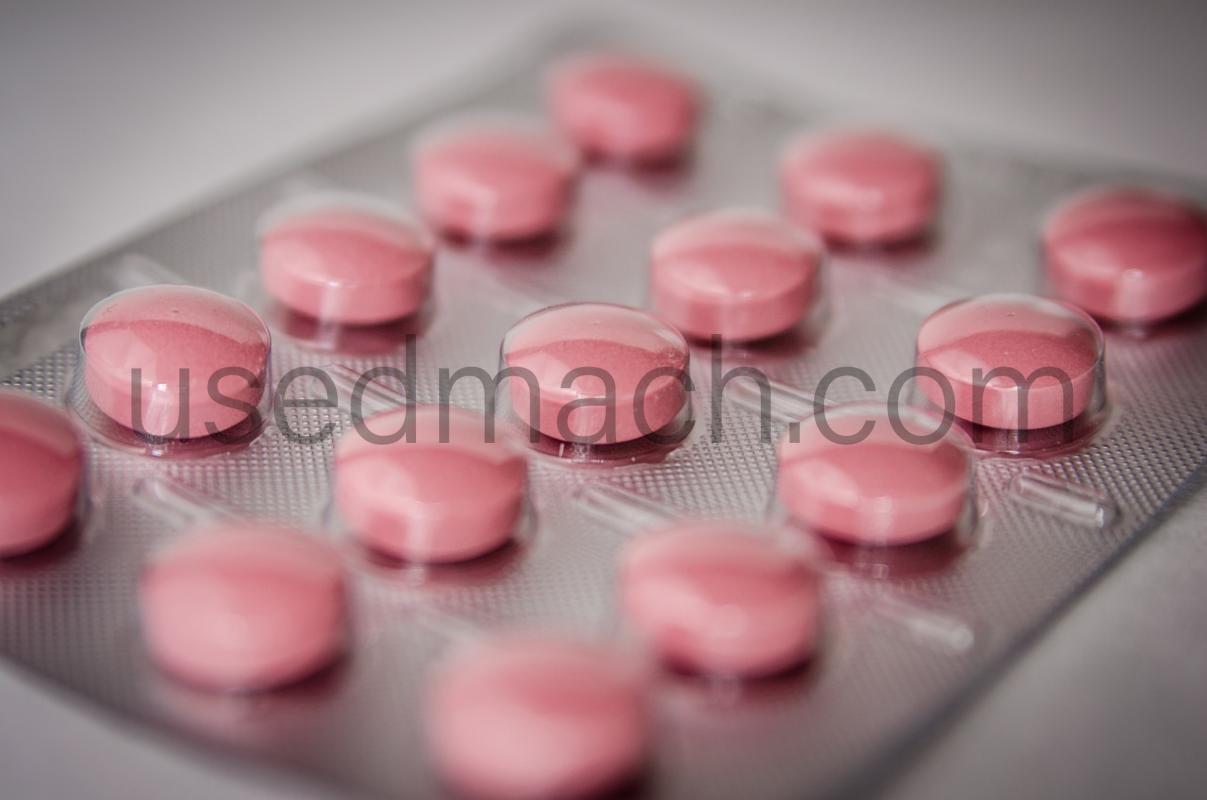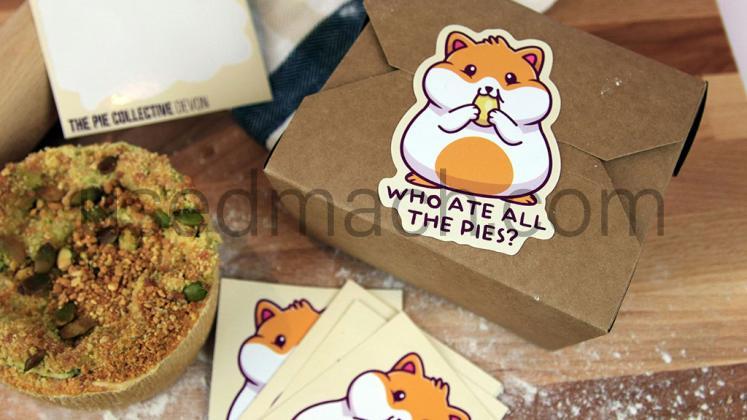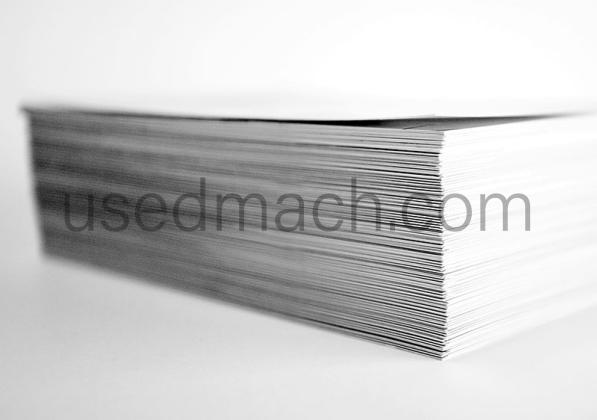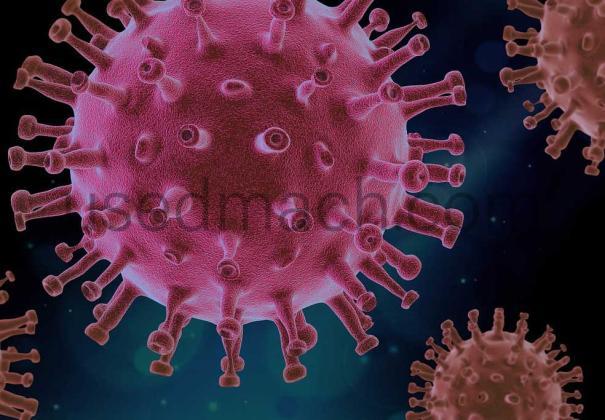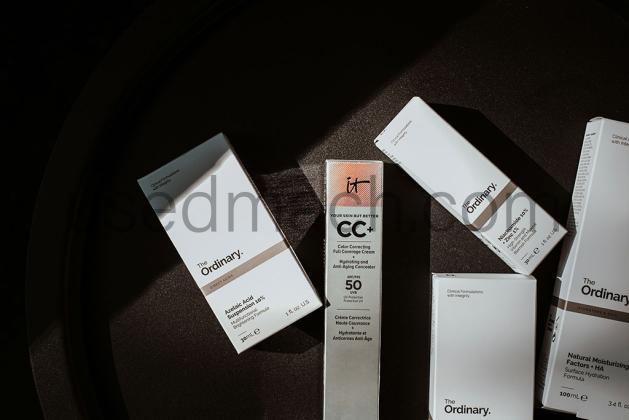Before introducing the materials of medical hard blister boxes, let's briefly summarize the forming principle of blister boxes: the principle of blister thermoforming is to pull the rolled sheet into the electric furnace oven to heat it to a softened state, and then pull it to the top of the blister mold while it is hot. The mold moves up and evacuates, and the softened sheet is adsorbed to the mold surface. At the same time, cooling water is sprayed on the surface of the formed sheet in a mist form to harden it. The formed sheet is then automatically pulled to the storage box, and the pneumatic cutter separates the formed and unformed sheets, thus completing the entire blister forming process.
The raw materials for blister are mainly PETG, APET, PVC, PS and PP.
1. PETG English full name Poly (ethylene terephthalateco-1,4-cylclohexylenedimethylene terephthalate)
It is a non-crystalline copolyester. The commonly used comonomer of PETG is 1,4-cyclohexanedimethanol (CHDM), and its chemical name is polyethylene terephthalate-1,4-cyclohexanedimethanol ester. It is a product of polycondensation of three monomers: terephthalic acid (PTA), ethylene glycol (EG), and 1,4-cyclohexanedimethanol (CHDM). Compared with PET, it has more 1,4-cyclohexanedimethanol comonomer.
In addition to good impact resistance, PETG also has excellent thermoforming properties. There is no whitening or cracking during the molding process. The molded medical hard blister box and Tyvek paper heat seal have excellent hot pressing performance, are easy to operate during sealing, and the heat sealing effect has no channel, strong continuity, and meets regulatory requirements. At the same time, it also has a complete medical material-related verification report, such as physical and chemical properties, biocompatibility, aging resistance and sterilization adaptability reports. It meets the requirements of ROHS, REACH, and FDA, and fully meets the regulatory requirements of ISO11607 <Packaging of terminally sterilized medical devices>.
Due to its excellent heat-pressing properties and complete verification reports, PETG has become the preferred material for many medical device blister packaging. The regular color is colorless and transparent or transparent light blue.
2. APET's full name in English is Amorphous Polyethylene Terephthalate, and its chemical name is non-crystallized polyethylene terephthalate.
It is obtained by extruding a resin modified from polyester with isophthalic acid and diethylene glycol. It has high transparency, good barrier properties, high strength, no crystal points, non-toxic and tasteless, and complies with GB9689-88 regulatory standards. Therefore, it is widely used in blister packaging of food and various consumer goods.
However, it is easy to turn white at extremely high temperatures and when stretched, and its hot melt is not as good as PETG. It is very picky about hot pressing equipment when heat sealing, so it needs to be hot-pressed with Tyvek paper for blister boxes. Under normal circumstances, it is not recommended to use APET materials. But its cost is lower than PETG, and it meets FDA, ROHS, and REACH requirements, so it is often used in medical blister boxes. The regular color is colorless and transparent.
3. PVC The full name of PVC in English is Polyvinyl chloride, abbreviated as PVC, and its chemical name is polyvinyl chloride.
PVC is the world's largest general-purpose plastic. It is widely used in building materials, industrial products, daily necessities, etc. It is a resin composed of polyvinyl chloride resin, plasticizer and antioxidant, and it is non-toxic in itself. However, the main auxiliary materials such as plasticizers and antioxidants added are toxic. The plasticizers in daily polyvinyl chloride plastics mainly use dibutyl terephthalate, dioctyl phthalate, etc. These chemicals are toxic, and the antioxidant lead stearate of polyvinyl chloride is also toxic.
Its macromolecular structure has unstable structures such as head-to-head structure, branched chain, double bond, allyl chloride, tertiary chlorine, etc., which makes it poor in heat resistance, deformation and aging resistance. It releases hydrogen chloride gas when decomposed by heat (hydrogen chloride gas is a toxic gas). In addition, PVC is the main source of dioxins. Dioxin (TCDD), the most deadly substance in the dioxin family, is a well-known carcinogen and hormone decomposer and a toxic compound that is very harmful to humans and animals.
On July 12, 2019, the European Commission proposed a ban on polyvinyl chloride (PVC) products containing lead or lead compounds. Therefore, medical blister boxes should not consider this material.
4. PS Polystyrene The full name of the English name is Polystyrene, abbreviated as PS.
It refers to a polymer synthesized by free radical addition polymerization of styrene monomers, and the chemical formula is (C8H8)n. PS is generally a head-to-tail structure, with a saturated carbon chain as the main chain and a conjugated benzene ring as the side group, which makes the molecular structure irregular, increases the rigidity of the molecule, and makes PS a non-crystalline linear polymer. Due to the presence of benzene rings, PS has a higher Tg (80-105°C), so it is transparent and hard at room temperature. Due to the rigidity of the molecular chain, the material is brittle and easily causes stress cracking.
Therefore, the products formed by PS blister molding are commonly known as "brittle trays". It has relatively few uses in medical applications and can be used for disposable dressing trays. But it is often used to package consumer and electronic products, and can be made into anti-static, semi-conductive and conductive trays. The conventional colors are white or black.
5. PP English name Polypropylene, referred to as PP, chemical name: polypropylene
PP English name Polypropylen. PP is light, tough, chemically resistant, and resistant to high and low temperatures. However, the disadvantages of PP are: low dimensional accuracy, insufficient rigidity, poor weather resistance, post-shrinkage, and easy aging and deformation after demolding. In daily life, many commonly used fresh-keeping boxes and lunch boxes are made of PP materials. PP microwave lunch boxes are the only plastic boxes that can be put into the microwave.
Therefore, in the application of medical blister boxes, they are used for cooling patches, high-pressure syringe contrast agent syringes, etc., because they are suitable for high-temperature sterilization. The conventional color is translucent milky white or black.
The above is an introduction to the five most common materials in blister materials. The selection of materials for medical hard blister boxes is closely related to the actual packaged device products, structural forms and expected sterilization methods. You can communicate with professional blister box manufacturers for material selection for different projects to achieve the expected purpose and meet the requirements of use and regulations.


